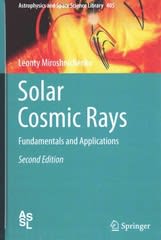Answered step by step
Verified Expert Solution
Question
1 Approved Answer
Table 1. Data Table #1 Object Cylinder 1 (Metal) Cylinder 2 (Metal) Cylinder 3 (Non-metal) Mass (g) 207.7 66.3 22.2 Volume (mL) 25 24 Measure
Table 1. Data Table #1
Object | Cylinder 1 (Metal) | Cylinder 2 (Metal) | Cylinder 3 (Non-metal) |
Mass (g) | 207.7 | 66.3 | 22.2 |
Volume (mL) | 25 | 24 |
- Measure the diameter and the length of each cylinder using both Vernier calipers and the ruler.
- To read the measurement of length from the calipers, follow these steps:
- Close the jaws on the object.
- Read the first two (or three) digits from the position where the vernier scale 0 intersects with the main scale.
- Read the last two digits where the Vernier scale has a near perfect alignment with the main scale.
- In general, if the length falls between hash marks, do you best to estimate this to the nearest .
- To read the measurement of length from the calipers, follow these steps:

Step by Step Solution
There are 3 Steps involved in it
Step: 1

Get Instant Access to Expert-Tailored Solutions
See step-by-step solutions with expert insights and AI powered tools for academic success
Step: 2

Step: 3

Ace Your Homework with AI
Get the answers you need in no time with our AI-driven, step-by-step assistance
Get Started


